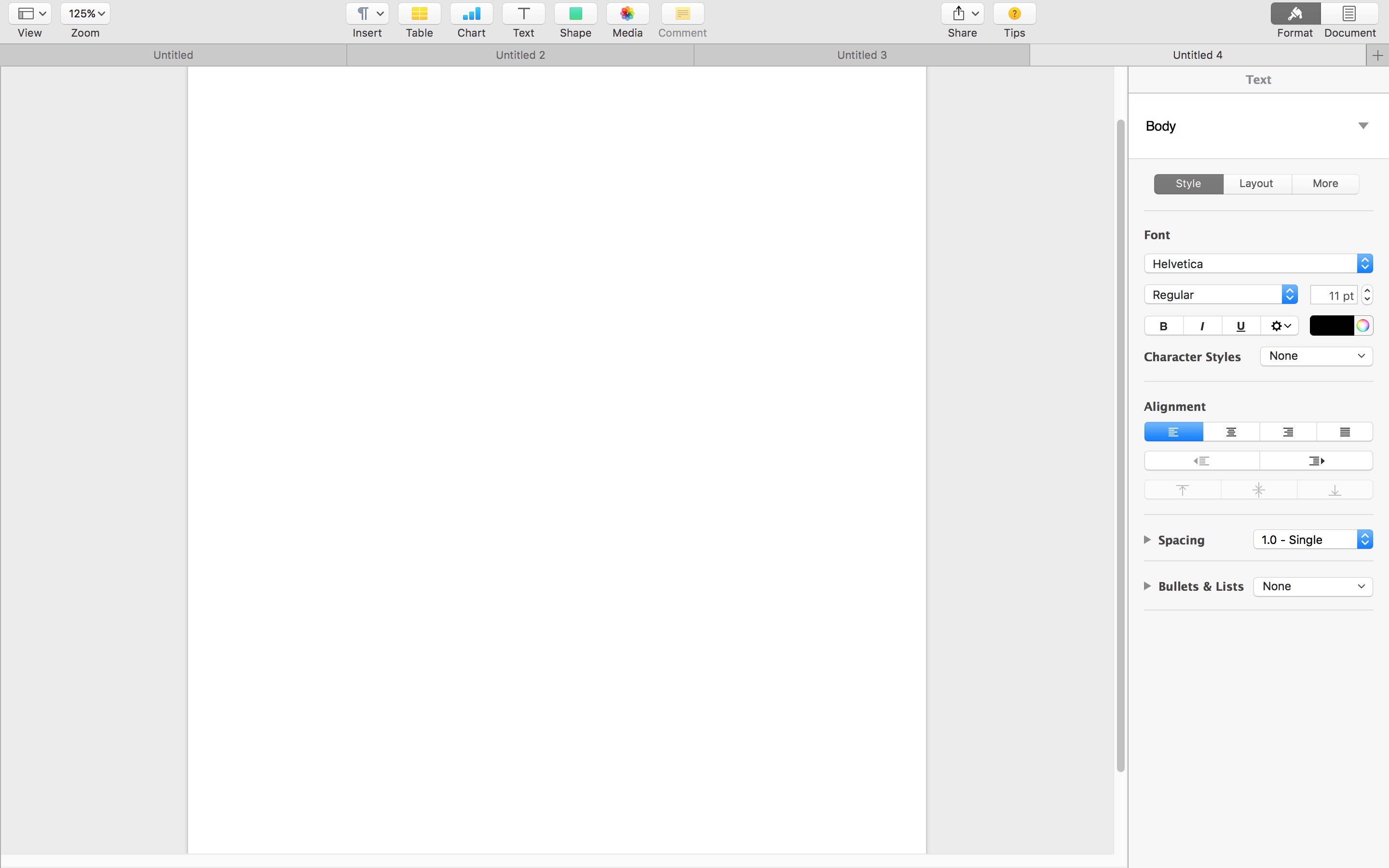Tomk Mac OS
Tomk Mac OS
Thomas Lee Mack (born November 1, 1943) is a former American football player. He was inducted into the Pro Football Hall of Fame in 1999. A native of Cleveland, Ohio, Mack played college football at the end and tackle positions for the University of Michigan from 1963 to 1965. Mailing Address Tom Mack Auctions. Prosperity, SC 29127. Contact Us Phone: 803-351-3695. Email: tmack@tommackclassics.com.
(UPDATE 04/11/2011 – Corrected error with sparseimage. Should be sparsebundle. Directions corrected.)
Note: These directions will not work with Mac OS X Lion as Apple has removed the necessary components to allow this functionality to work.
In today’s how-to, we’re going to setup Time Machine for a Mac client with the backups being stored on Windows Home Server 2011. These same steps should work with Small Business Server 2011 Essentials and Storage Server 2008 R2 Essentials as well. (P.S. If after reading this, and you agree with me that setup could be easier, go here and vote.)
Step 1: Create shared folder on server
- From a Windows PC with the Connector installed or using Remote Desktop Connection for Mac, connect to your server and launch the Dashboard.
- Click the Shared Folders and Hard Drives tab
- Click Add a Folder, and fill in the details then click Next

- Click Specific People, and then assign Read/Write permissions to the user account you wish to use on your Mac.
- Click Add Folder,and then when the process is finished, click Close.
Tomk Mac Os Download
Step 2: Enable Network Volume Support and create SparseBundle file
Tomk Mac Os Catalina
- On each Mac that you wish to back up, go to the Applications folder, then Utilities, then open Terminal and type the following command then press Enter.
- defaults write com.apple.systempreferences TMShowUnsupportedNetworkVolumes 1
- We need to determine the MAC address of the Ethernet port (en0) to properly create the sparsebundle file. (NOTE: Even if you are using a wireless connection to backup, you MUST use the MAC address of the Ethernet port.) To do so, in the same Terminal window, type ifconfig and press Enter. Look for the line starting with en0, and then look just below that for the line starting with ether and make note of the address on that line.
- Now we will create the sparsebundle file that Time Machine will use. In the same Terminal window, type the following command and press Enter. (NOTE: For the hard drive size, it needs to be the size of your hard drive. If you have a 160GB hard drive, then it will be ‘-size 160G’.)
- hdiutil create –size <Hard Drive size>G –fs HFS+J –volname “<computername> Backup” <computername>_<MACAddress>.sparsebundle
- Replace <Hard drive size> with the size of your hard drive
- Replace <computername> with the name of your computer (Can be found in System Preferences –> Sharing) (Note: You may want to change the name to make it something short and simple.)
- Replace <MACAddress> with the MAC Address you made note of in the previous step, leave out the colons in the address
- hdiutil create –size <Hard Drive size>G –fs HFS+J –volname “<computername> Backup” <computername>_<MACAddress>.sparsebundle
Step 3: Copy Sparsebundle to server and enable Time Machine
- Close Terminal, then go to the Go menu and click Connect to Server, and type in smb://<ip address or name of server>, then press Enter. Choose the Shared Folder you created and click OK.
- Browse to the location that the sparsebundle file was created in. This will most likely be the root of your user folder. (/users/<your username/)
- Drag this sparsebundle file to the shared folder on the server
- After the file finishes copying, open System Preferences, and then click Time Machine
Mac Os For Sale
- Click Select Disk and select the shared folder on your server
- When prompted, enter the user name and password you wish to use and click Connect.
- A countdown of 120 seconds should begin, and then once that countdown finishes, your backup should commence.
Congratulations! You’ve just configured Time Machine with Windows Home Server 2011.
Tomk Mac OS
